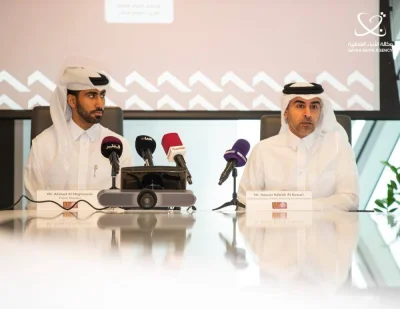|
Tennis is at an intriguing point in its development. The left-field experiments being tried at the end of another draining season will either augment the established, imperfect model that has none the less served the game well enough for decades, or collapse in acrimony. |
The first of the new models will be showcased across Asia this weekend. Gathered in four cities thousands of miles apart from Friday until 13 December are players of genuine star quality (whose involvement will be brief and lucrative), as well as some not so well known outside the game, and a few old favourites.
If the inaugural International Premier Tennis League (IPTL) doesn’t disintegrate in a financial quagmire, it has a chance of surviving, and players generally will be pleased with that. If you are prepared to play in front of a few puzzled locals for $10,000 in, say, Cambodia, multiplying that purse by a factor of a hundred or more for some inconsequential matches in front of much bigger television audiences against the game’s elite is an attractive alternative.
Bruno Soares, for instance, is a lucky guy. So too, is Daniel Nestor. Treat Huey celebrates Christmas early, as well, as do Sania Mirza, Rohan Bopanna, Malek Jaziri and Nenad Zimonjic. All are excellent players, mainly in doubles, and they are the makeweights sprinkled among the 21 slam champions and former stars in the four franchises, from Manila, where Andy Murray is based, to Singapore, to New Delhi and Dubai.
Missing will be Hong Kong and Kuala Lumpur, whose franchise applications folded.
Murray caused a stir on his arrival in Manila this week when he met up with the nation’s sporting hero Manny Pacquiao, who retained his WBO welterweight title at the weekend and remains on course for a lucrative showdown with Floyd Mayweather in 2015. He will be courtside for boxing fan Murray, who will do his best to be ringside if Pacquiao does ever fight Mayweather.
The knock on the IPTL is that it is a contrived competition with no established fan-base, no history, an uncertain future and no compelling reason to exist as a sporting event – although that might be said of many competitions that have gone on to become accepted.
What the IPTL does have is the potential to make a few people a good deal richer in a short time. The total prize money has been quoted as $29.7mn, although the breakdown will not be equal.
Murray will return to London early next week at least $1mn to the good after a few days of what can politely be described as glorified exhibition tennis. So too will Roger Federer, Novak Djokovic, Serena Williams, Maria Sharapova, Andre Agassi and Pete Sampras. Rafael Nadal, whose representative Benito Perez-Barbadillo is a prime mover, will miss the tournament while recovering from appendicitis.
Eugenie Bouchard, the sparkling young Canadian, will not be among them, pulling out injured on Wednesday with a training injury – and that is another concern. The tournament is eating into players’ rehab schedules in a sport that makes heavy physical demands.
The tournament has a few quirky rule changes: a player receiving serve can double his or her score by nominating one power point per set; there will be no advantage points in a race to six games for a point and the match; the team with most points wins the tie in a round-robin format. It’s a lot of change to take in, but it might work.
Will they all go back next year? If it is still going – and there has to be doubt about that.
The organisers think they have a winning product. “Modelled after successful sports franchise concepts,” says the blurb, “the IPTL combines world-class sports and entertainment in a format that keeps spectators and TV viewers completely engrossed.”
As tennis grows into its new skin, compromise is likely, in the way that cricket accommodated short forms to refresh interest while hanging on to the traditional four-day and five-day versions, although there has been a downside there from which tennis could learn. Test cricket outside the Ashes series is struggling, one-day and Twenty20 are still strong, especially in India where the IPL, the template for tennis, is the richest tournament in the game.
There are more experiments to come: in the WTA, with a similar format, and in Sydney in the New Year, when Federer and Lleyton Hewitt will launch a pared-down form of the game, again with no ad scoring and no lets, tie-breaks at 3-all and the winner first to four games. Tennis Australia chief executive Craig Tiley (a fan of IPTL, incidentally), calls it a “game-changer, set to revolutionise the game of tennis”.
We will see.



